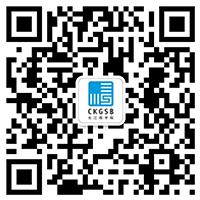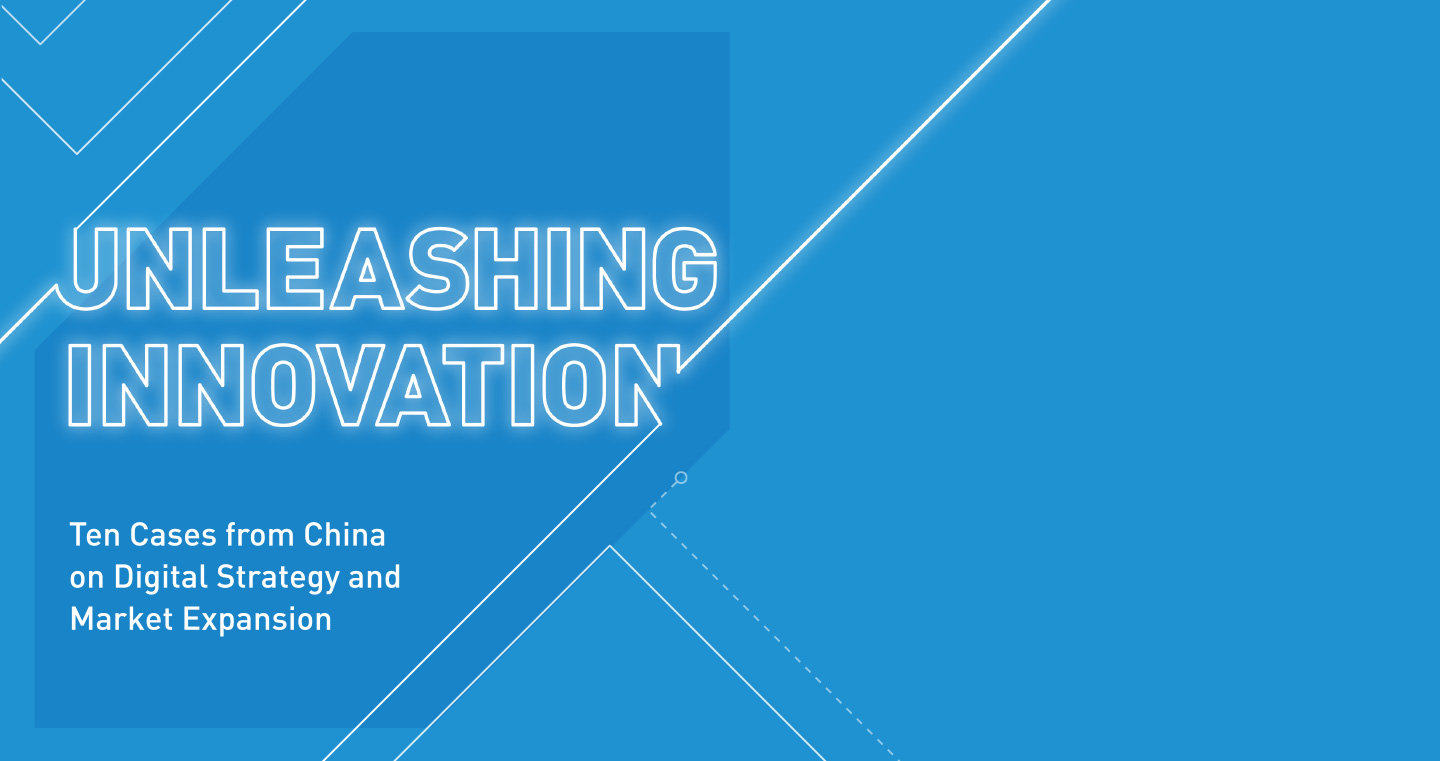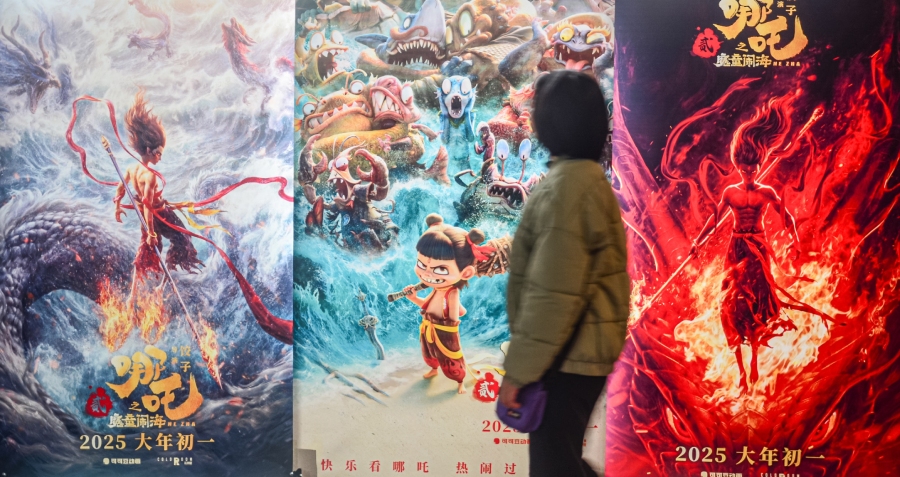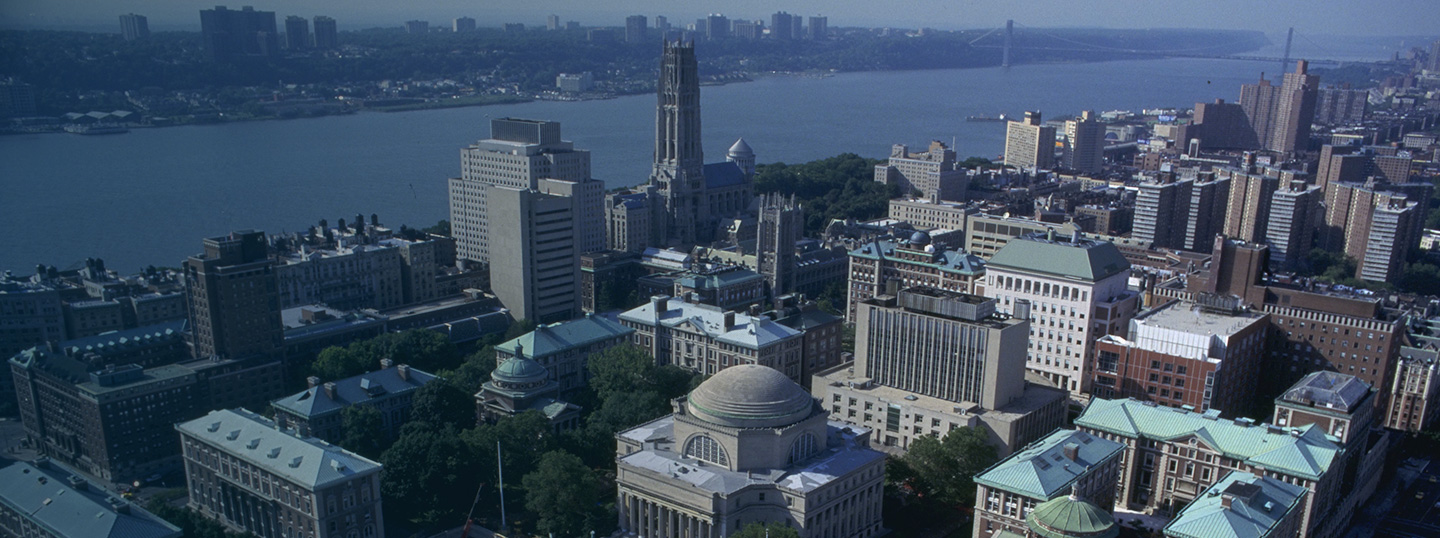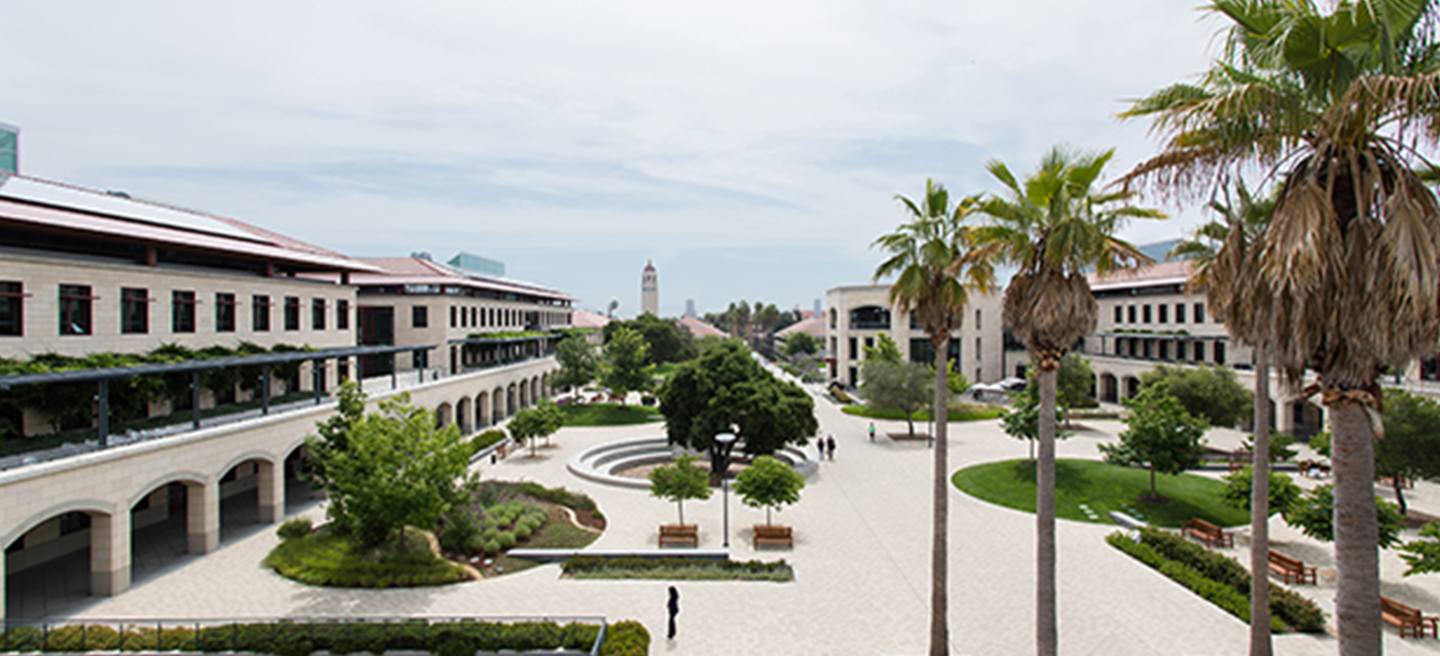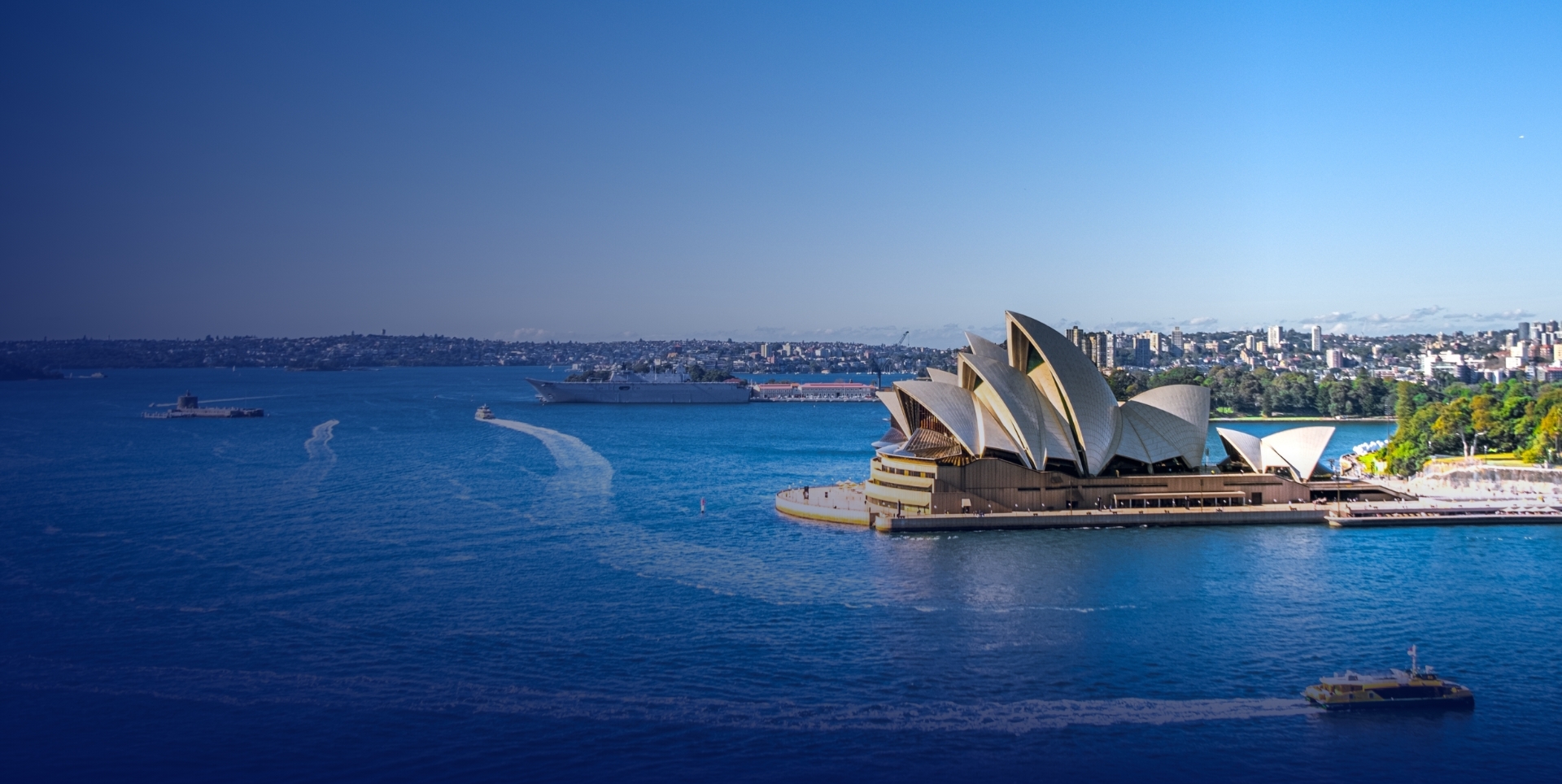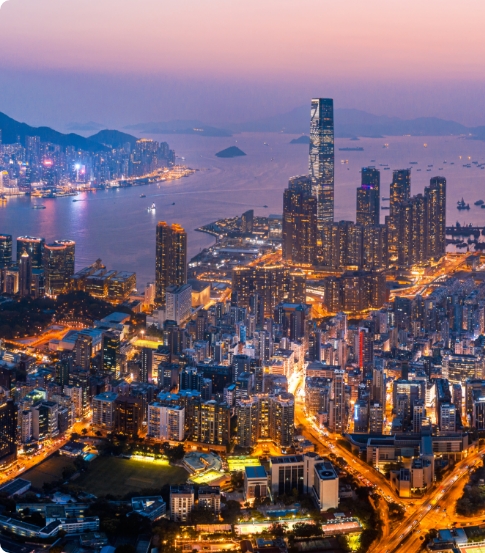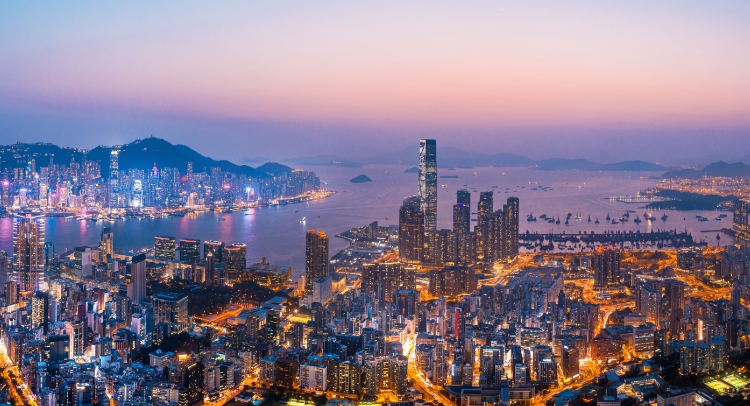Over the past three decades, Inner Mongolia Yili Industrial Group (Yili) has transformed into one of the world’s largest dairy companies, leveraging technological innovation, strategic acquisitions, and global expansion. In 2021, Yili reported RMB 110 billion (USD 16.4 billion) in revenue, maintaining its position among the top five global dairy companies for three consecutive years, according to Rabobank (see Figure 1). Between January 2021 and June 2022, Yili achieved the fastest growth rate (32%) among the top 20 global dairy firms.
With a bold ambition to join the ranks of the world’s top three dairy producers, Yili’s globalization strategy centers on securing raw materials, advancing dairy R&D, and penetrating high-growth markets.
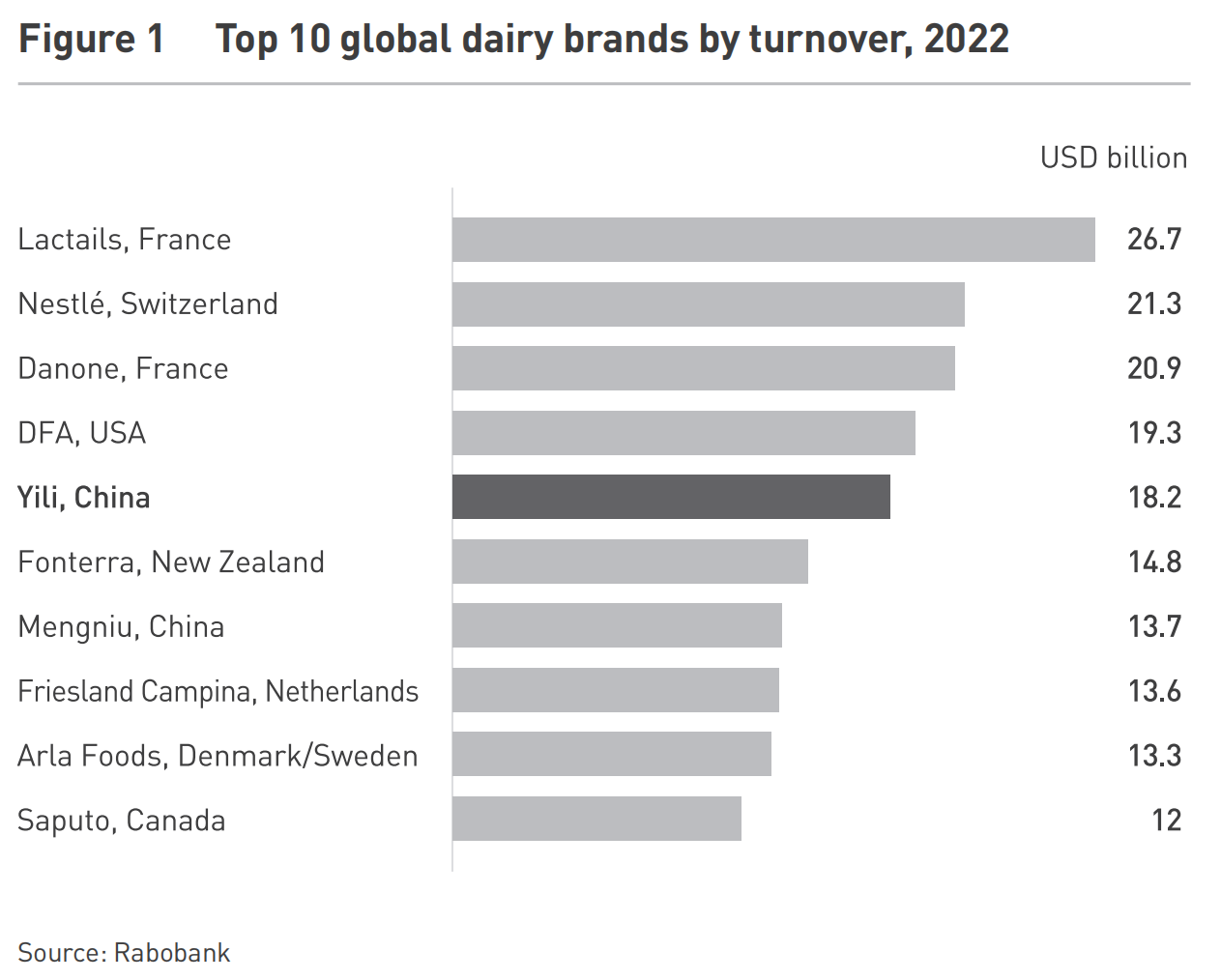
Phase One: Establishing Market Leadership in China
Founded in 1956 as a dairy cooperative in Hohhot, Inner Mongolia, Yili became a corporation in 1993 and went public in 1996, raising RMB 96.9 million (USD 14.4 million).
In the 1990s, China’s dairy industry was highly fragmented, with limited production scale and short shelf-life constraints. Yili’s breakthrough came with the introduction of ultra-high temperature (UHT) pasteurization, which extended shelf life of its milk products to eight months. This innovation allowed centralized production in Inner Mongolia and efficient distribution to major cities such as Beijing and Shanghai.
Key Strategies That Drove Growth:
- Supply Chain Control: Developed contractual partnerships with dairy farmers to ensure a stable, high-quality raw milk supply.
- Production Scale: Built China’s largest UHT milk production base by 2000.
- Consumer Research & Innovation: Invested in R&D to address lactose intolerance, increasing dairy consumption.
- Branding & Awareness: Used multi-platform advertising to shift consumer perceptions of dairy from a luxury product to a daily necessity.
By 2003, Yili had become China’s largest dairy company, and by 2005, its revenue exceeded RMB 10 billion (USD 1.49 billion). High-profile sponsorships, including the 2008 Beijing Olympics and Expo 2010 Shanghai, further solidified its dominance in the domestic market.
However, the 2008 milk safety scandal shook consumer confidence across the industry, prompting Yili to reassess its strategy. To mitigate risks and enhance quality standards, the company turned its focus toward global expansion. This shift has yielded significant results—by 2022, Yili’s international business sales grew by 52% year-over-year, securing its position among the top three ice cream brands in Thailand and the top five in Indonesia.
Building on this momentum, Yili reported RMB 33.4 billion (USD 5 billion) in revenue in Q1 2023, marking the strongest single-quarter performance in its 26-year history.
Phase Two: Scaling Beyond China
The world’s top dairy-producing regions are located within the 40°-50° latitude bands, including parts of North America, Europe, New Zealand, and China’s Inner Mongolia. To ensure a stable, high-quality supply, Yili pursued strategic acquisitions and partnerships.
In 2013, Yili acquired Oceania Dairy in New Zealand,investing RMB 3 billion (USD 446 million) to develop new production facilities. This move strengthened its access to premium raw materials and enhanced its global supply chain. In 2019, the company further expanded its presence in New Zealand by acquiring Westland Co-Operative Dairy, significantly increasing Westgold butter’s production capacity. Between 2021 and 2022, Yili secured 59% ownership of Ausnutria Dairy, a Dutch-Chinese infant formula producer, marking its entry into the high-value infant nutrition sector.
With 14 overseas production bases, Yili now effectively balances seasonal dairy cycles of the Northern and Southern Hemispheres, ensuring uninterrupted production and a resilient supply chain.
While Yili led dairy R&D in China, competing globally necessitated enhanced innovation capabilities. The company partnered with world-class institutions to accelerate research and product development. In 2014, Yili established a European R&D Center in the Netherlands in collaboration with Wageningen University, strengthening its position in dairy innovation and sustainable production. The following year, in 2015, the company launched the Sino-U.S. Food Wisdom Valley, a research initiative connecting top universities like Cornell University, the University of Pennsylvania, and the University of Toronto to foster advancements in dairy science. Additionally, Yili is continuously expanding its global R&D footprint, with plans to develop innovation centers in Tokyo, Japan, and Bekasi, Indonesia.
These partnerships focus on nutritional science, food safety, and sustainable dairy production, which have significantly enhanced Yili’s product competitiveness in global markets. Instead of competing directly with multinational dairy giants in mature Western markets, Yili identified Southeast Asia as a key expansion region due to rising dairy consumption, favorable demographics, and its geographic proximity to China.
Starting in 2015, Yili expanded its presence in Southeast Asia by establishing trading subsidiaries in Indonesia, Malaysia, Vietnam, and Myanmar, aiming to tap into the region’s growing dairy consumption. As part of this strategy, in 2018, Yili acquired Thai ice cream brand Chomthana, a move that significantly boosted its market position, leading to a 68% year-on-year increase in sales by 2020. In 2019, the company further strengthened its production capacity by investing in an ice cream manufacturing facility in Bekasi, Indonesia, enhancing its ability to serve local and regional markets efficiently. Meanwhile, in Thailand, Yili successfully increased its market share from 5% to 12%, solidifying its position among the top three ice cream brands in the country.
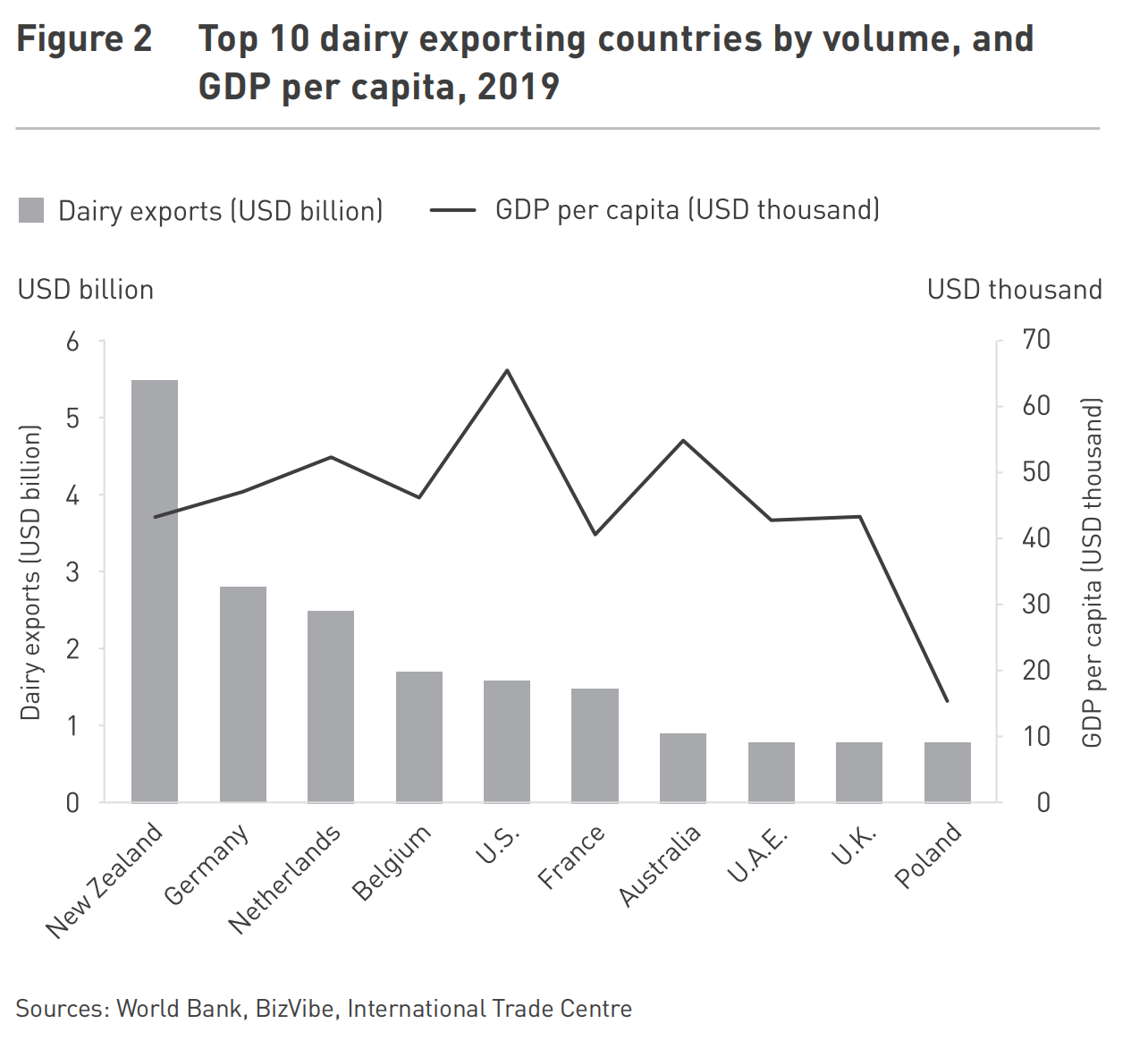
Phase Three: The Road to Global Leadership
Yili’s international business has experienced remarkable growth, achieving a compound annual growth rate (CAGR) of 56% from 2018 to 2021, with H1 2022 revenue increasing by 58% year-over-year. In Q1 2023, the company reported RMB 33.4 billion (USD 5 billion) in revenue, marking its strongest single-quarter performance in 26 years.
Despite these impressive achievements, Yili faces several challenges. China’s aging population and declining birth rate could lead to a slowdown in domestic dairy consumption, impacting future growth. Geopolitical risks may create obstacles for foreign acquisitions and international partnerships, complicating expansion efforts. Additionally, intensified competition from both global dairy giants and emerging regional brands continues to put pressure on market share and profitability.
Nonetheless, Standard & Poor’s projects that Yili could rank among the world’s top three dairy companies by 2025, driven by organic growth and strategic international expansion.
A Global Dairy Powerhouse in the Making
Yili’s successful localization-driven global strategy has enabled it to secure high-quality raw materials, advance dairy R&D, and establish a strong a strong presence in emerging markets. The company’s continued success depends on seamlessly integrating strategic mergers and acquisitions, ensuring effective localized management in overseas operations, and making careful market selections based on economic potential and competitive entry barriers.
With ongoing investments in supply chain resilience, product innovation, and global expansion, Yili is steadily positioning itself as one of the world’s leading dairy giants.
This article is part of the “Unleashing Innovation in China” series, which explores how companies are driving innovation and reshaping industries in one of the world’s most dynamic markets. For more insights, visit: Unleashing Innovation: Ten Cases from China on Digital Strategy and Market Expansion – CKGSB Knowledge

